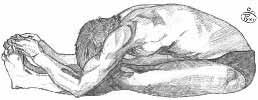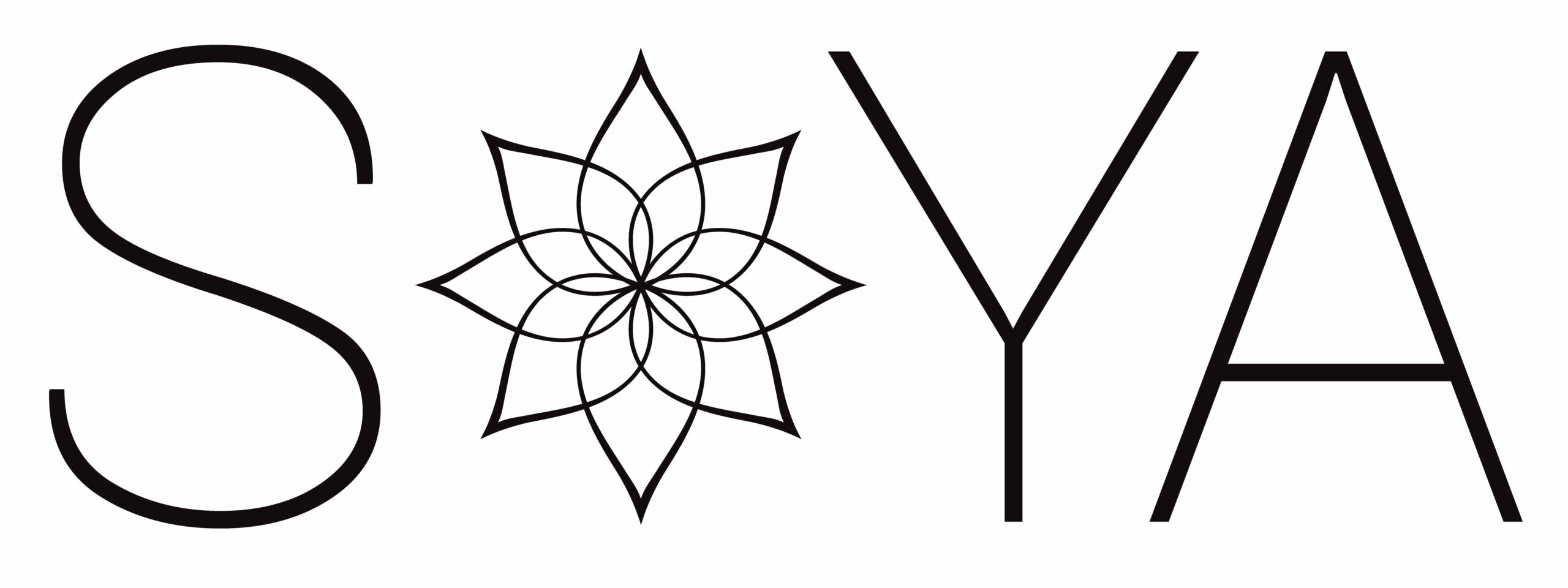Each morning I start my day with the thought, “I am a Spirit expressing myself through form. How would I like to express myself today?” Everything we do is an expression of our attitude at any given moment. Do we wish to allow our beautiful inner Spirit to show itself outwardly through our actions? In the Bhagavad Gita, work is action. Every action we take is part of our work during this lifetime. Every work we do can be a beautiful expression of the Self. For many of us we experience this joyful expression on the mat during our asana practice. The next step is to take that joy off the mat. Consider these words of wisdom from Swami Suryadevananda.
“Giving every work your enthusiasm, whether menial or ‘special’, is what makes every work an outpouring of the soul as it musters all one’s ability and heart. Really, there is nothing menial or mundane – these are attitudes we take towards this and that. Meniality and mundaneness are attitudes of the mind, manifest in action. We can make our lives rich, vibrant and ever fresh if we give every action – cleaning, chores, service to others, asanas, kirtan and finally meditation – every action a total action – involving every blessed ounce of ourselves as if it were the very last thing we would do in this life – we will slip off patches of dry land into the abyss of yoga. If we can learn to give a simple asana everything we have got we will learn to gather the rays of the mind and asana will lead to meditation. All the gizmos we have today distract the mind as one reaches for a water bottle, wipes and other accessories so much so that the asana stays in the realm of ‘doing’ and never becomes an expression of ‘being’ – asana stays asana and yoga stays out of reach. Every blessed action has the potential for being yoga or an expression of being through doing. Doing is the doorway to the realm of being if we will only allow ourselves this. ”
Have you ever noticed how easy it is to be distracted during your asana practice? The following asana is a great pose for introversion and going inward. As you practice it, try to stay present, without distraction so the true experience of yoga reveals itself to you.
 PASCHIMOTTANASANA: PASCHIMA means “the west” This pose stretches the western part of the body, which is the entire back from the head to the heels. From a sitting position with the legs extended straight out the upper body stretches up from the pelvis, arms over the head. The upper body bends forward the hands reaching toward the feet. Relaxing into the pose creates a sense of releasing into a place of surrender and humility.
PASCHIMOTTANASANA: PASCHIMA means “the west” This pose stretches the western part of the body, which is the entire back from the head to the heels. From a sitting position with the legs extended straight out the upper body stretches up from the pelvis, arms over the head. The upper body bends forward the hands reaching toward the feet. Relaxing into the pose creates a sense of releasing into a place of surrender and humility.
Sitting on your mat stretch your legs out in front of you. Breathe in as you raise your arms up overhead, extending the spine through the crown of your head. Exhale while hinging from the hips and folding forward over your legs. Stop at your first edge, or your body’s first resistance to the fold. Notice this place of resistance, and observe how the body will gradually release, allowing the pose to deepen naturally. With an inhalation, raise slightly upwards and lengthen the spine again, then exhale and fold forward again. With each breath release into the pose, allowing yourself to “be” the pose rather than “doing” the pose. Embrace the attitude of fulness, wonder and joy. Continue to breathe, allowing the asana to become an expression of ‘being’. When you feel it is time to come out of the pose, inhale and raise up slowly extending arms overhead, then exhale and slow lowering the arms down to your sides. Observe the effects of your work on your mind and body.
Counter Pose: As a counter pose, place your hands on the floor slightly behind you, pointing the finger tips away from the buttocks (or optionally, point the fingertips towards the buttocks). Lift the hips into upward facing plank (purvottanasana). Extend through the legs to the toes as they point downwards, working towards planting the soles of your feet on the floor. Extend through the crown of the head and lift the hips upwards. Take 3-5 breaths, then slowly lower the hips back down to the mat. Make small circles with your wrists to release any tension in them.
Cautions:
For tight hamstrings, please bend the knees. You can put a rolled towel underneath them if you like. You can also place a folded blanket under the hips to tilt the pelvis slightly forward – be sure to sit with your “sit” bones near the edge of the blanket to get the pelvic tilt. Lovingly let go, and breathe.
Benefits:
Internal organs are massaged while the hamstrings and low back are stretched. It helps to release tightness in the hips. This asana improves digestion and kindles the gastric fire. It rejuvenates the entire spine. Energetically the life force flows through the sushumna nadi. Surrender is the important lesson this asana teaches. There is a softening and an expansion from deep within.
By Mugs McConnell, quoting from Swami Suryadevananda. Drawing by Thor Polukoshko.
With gratitude to Swami Suryadevananda for his words of wisdom. Visit http://www.suryadevananda.org/. Many thanks to Thor Polukoshko for his drawing.
Celebrating over 25 years of Teacher Training

Dear friends,
Very inspirational paschimottanasana,
Would like to print it, but do not know how from this new format.
Can you help?
Latika